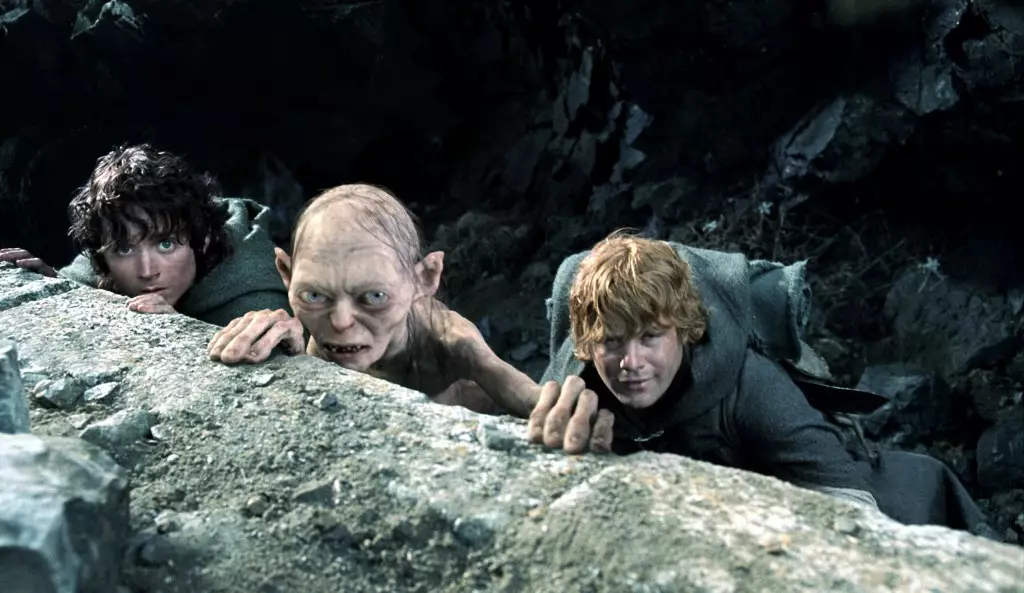Warner Bros. Pictures, alongside New Line Cinema, has officially set the release date for “The Lord of the Rings: The Hunt for Gollum” on December 17, 2027. At a time when cinematic universes and beloved franchises are being explored to their limits, this announcement signals a momentous step in the ongoing expansion of J.R.R. Tolkien’s universe. Unlike typical franchise fodder that often feels like a cash grab, this film aims to delve deep into the psychological complexities of one of the franchise’s most poignant characters. With Andy Serkis reprising the role of Gollum—while directing the film—there’s an exciting blend of innovative storytelling and compelling acting talent.
Winning Team and Their Legacy
The original creative forces behind the blockbuster “The Lord of the Rings” and “The Hobbit” trilogies are reuniting for this ambitious endeavor. Peter Jackson, Fran Walsh, and Philippa Boyens are not mere nostalgic relics; they embody a crucial creative DNA that could guide “Hunt for Gollum” to establish emotional resonance. They have the experience and intuition to connect audiences to the heart of Tolkien’s narratives. Their genius not only shaped the cinematic landscapes of Middle-earth but also fostered massive fan investment in the stories. The prospect of their collaboration brings hope, suggesting an exploration of Gollum that transcends standard narrative structures.
Decoding the Competitive Environment
The timing of this release is provocative. Positioned just five days before Universal’s upcoming untitled project and clashing with Disney’s Star Wars space opera, “Hunt for Gollum” will undoubtedly ignite contentious competition. However, this may actually benefit the film by elevating its profile, forcing audiences to choose between giants. The added pressure of delivering a standout film in this congested release schedule could drive the creative teams to push boundaries, leading to a groundbreaking cinematic offering.
The Value of Subtext
What excites me most about this film is its potential departure from mere epic battles and grandiose landscapes. Gollum is not just a creature of darkness; he is a tragic figure representing addiction, loss, and duality. By centering the narrative on such a complex character, the filmmakers have the opportunity to navigate deep ethical questions and explore the gray areas of morality that are often diluted in mainstream cinema. This is where the center-right leaning perspective can earnestly engage; we ask how societies can rebuild individuals like Gollum, who embody the darker aspects of human experience.
A Bright Future for Streaming and Box Office
The backdrop of Warner Bros. Discovery’s improved Q1 results—which exhibited growth in streaming subscriptions and profit—cannot be overlooked. The renewed enthusiasm across their platforms indicates a fertile ground for Middle-earth’s revival. If done correctly, “The Lord of the Rings: The Hunt for Gollum” could revitalize the box office and streaming platforms alike, enticing viewers back to the storylines that had once captured audience imaginations.
There’s a palpable excitement surrounding this return to Middle-earth that transcends simple nostalgia. Instead of a fleeting revival, we approach a realignment with our cultural myths, one enriched by contemporary sensibilities and the depth of character that resonates through time.

